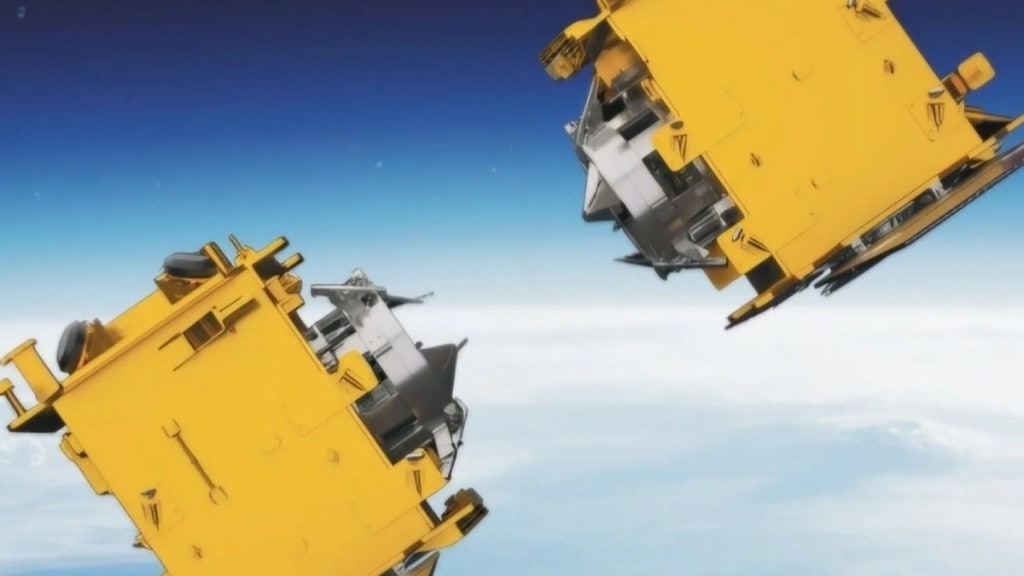The Indian Space Research Organisation (ISRO) announced on Sunday that it had successfully brought two satellites, launched for space docking experiments, within three meters of each other before safely moving them apart during a trial attempt. The space agency emphasised that the actual docking process would follow further analysis of the collected data.
“A trial attempt to reach up to 15 meters and further to three meters is completed. The spacecraft were then moved back to a safe distance. The docking process will be executed after analyzing the data,” ISRO stated in a post on X.
The Space Docking Experiment (SpaDeX) project has faced delays, missing earlier planned docking schedules on January 7 and January 9. The mission, which aims to test in-space docking technologies, was launched on December 30.
Carried aboard the PSLV-C60 rocket, the mission included two small satellites—SDX01 (Chaser) and SDX02 (Target)—along with 24 other payloads. The rocket lifted off from the Satish Dhawan Space Centre in Sriharikota, successfully deploying the satellites into a 475-kilometre circular orbit approximately 15 minutes after launch. Each satellite weighs about 220 kilograms.
The SpaDeX project serves as a cost-effective technology demonstrator to validate the complex process of in-space docking using small satellites. According to ISRO, mastering this technology will be a significant milestone for India, positioning it as the fourth nation globally to achieve this feat. This advancement is critical for ambitious future missions such as the Bharatiya Antariksh Station and the potential human landing on the Moon.
With inputs from PTI

